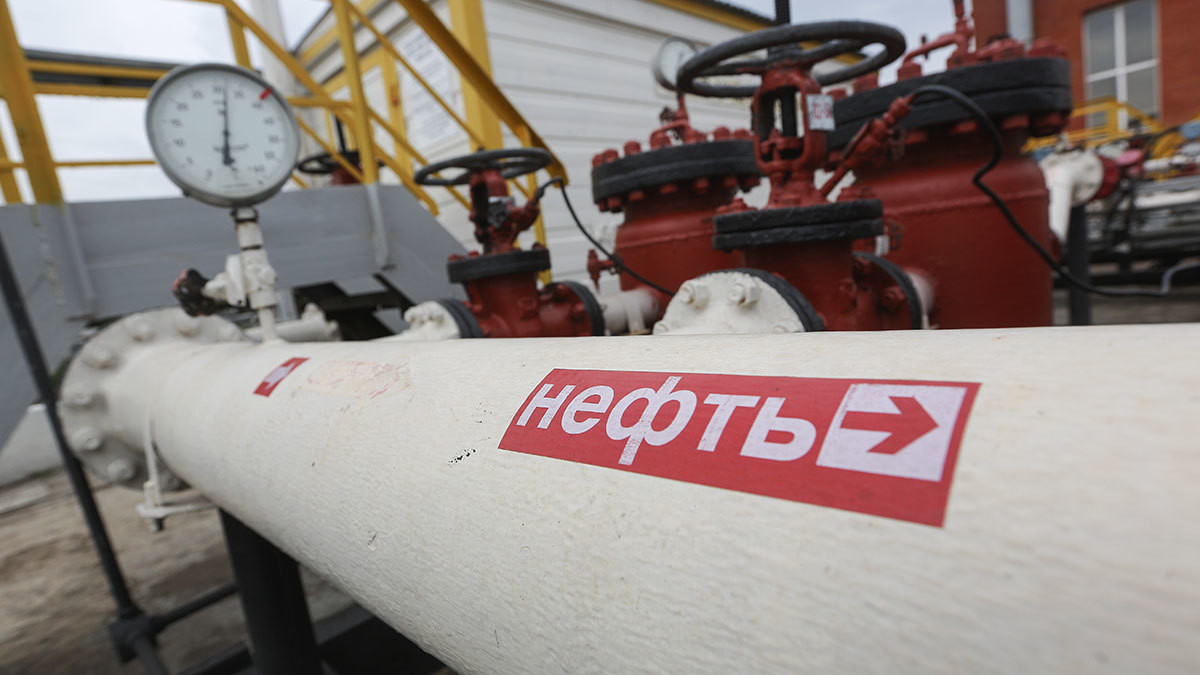
The price of oil continues to decline amid weak economic data from China, the world's largest crude oil buyer, and questions about the irreversibility of the global recession. Actually, on these signals, oil prices collapsed to a six-month low during trading on Monday.
Brent crude futures declined on Tuesday by 1.3% to $93.89. WTI crude futures fell 0.9% to $88.57 per barrel. By the time the material was published, WTI quotes had risen to $89.43. According to the results of the previous trading sessions, black gold futures fell by about 3%.
The central bank of China has lowered lending rates to raise demand. The country's strategy to combat coronavirus has reduced factory and retail activity, so the Chinese economy unexpectedly slowed growth in July for experts. According to official data from China, released on Monday, the demand for oil in China in July was almost 10% lower than in the same period a year earlier.
At the same time, it is expected that China's oil exports will recover in August to an almost annual maximum, which should be facilitated by additional quotas introduced by Beijing.The negotiations between the United States and Iran on the resumption of the 2015 nuclear deal are also important. According to analysts, if the negotiations are successful and both sides still accept the proposal of the European Union, then a considerable flow of Iranian oil will pour into the world market (including the European one). Recall that the EU government's proposal involves lifting sanctions on exporting Iranian black gold.
For the administration of US President Joe Biden, there are no other ways to curb Iran's nuclear program except to sign an agreement with this country, according to which he should significantly limit it. However, in exchange for this, the United States, the EU, and the UN agreed to lift economic sanctions on Iranian exports.
September promises to be a record month for oil production in the United States. The report of the US Energy Information Administration (EIA), published on Monday, says that the production level at the main US shale fields should rise to 9.049 million barrels per day in September. If this happens, the production figure will be the highest since March 2020. In the Permian shale oil basin, considered the largest in the United States, the production promises to reach an unprecedented level – 5,408 million barrels per day.If you believe the words of the head of ACRA, Mikhail Sukhov, the price of Brent benchmark oil will again reach $ 100-110 per barrel by the end of this year. However, with the implementation of new restrictions on Russian oil – if a special price ceiling is set for Russia – the price may jump to $130-140.
At the same time, the head of ACRA does not expect a complete embargo on Russian oil from Europe. It is already clear that several countries are not ready to implement such a hasty decision. Besides, no one knows what winter will be like in Europe. Therefore, a complete stop in the current year of exports of Russian raw materials to Europe seems more than unlikely.
At the same time, Sukhov doubts the possibility of introducing a ceiling on the price of Russian oil since the price will rise from it, and the raw materials themselves will flow through other channels. In countries friendly to Russia, it will be possible to process oil more deeply and already sell petroleum products.





















